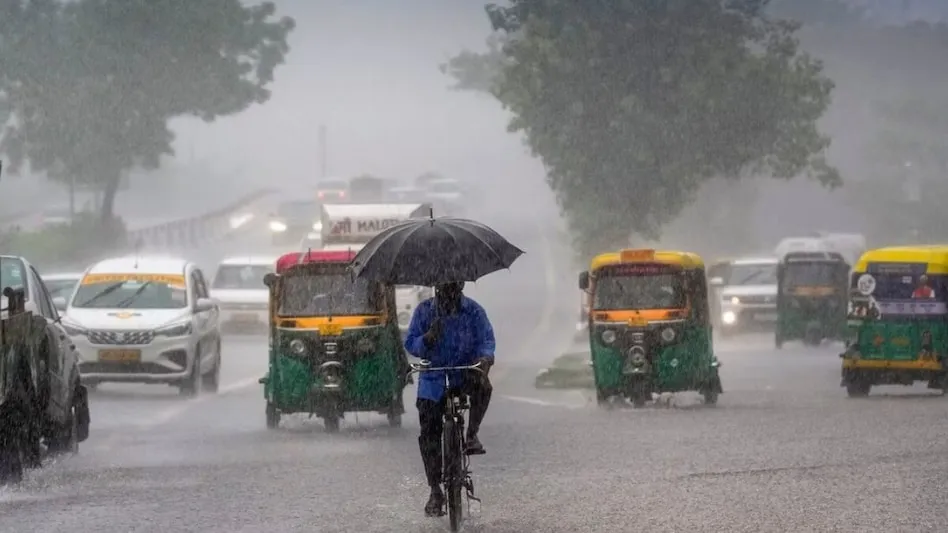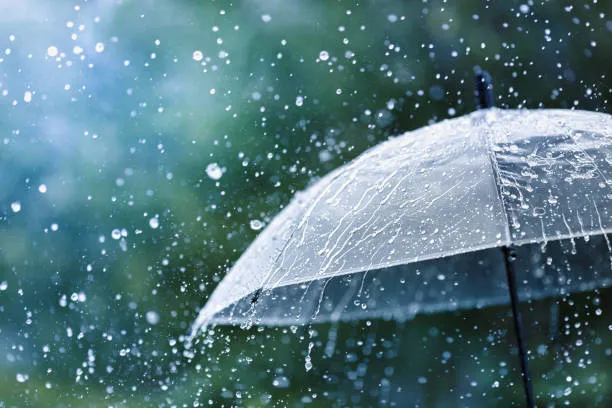Early Arrival of Monsoon in Delhi. the Southwest Monsoon is expected to arrive in Delhi earlier than usual this year, between June 19 and June 25, ahead of the typical onset date of June 30. According to the India Meteorological Department (IMD), early signs such as rising humidity and pre-monsoon thunderstorms are already evident, with activity picking up around June 13–17. This early advancement follows an exceptionally quick progression of the monsoon, which reached Kerala on May 24 much ahead of the normal June 1 onset, marking the earliest onset in 16 years. By May 26, it reached Mumbai, 16 days earlier than the usual date. Last year, the monsoon reached the capital on June 28, and in 2023, it hit the region on June 26. the years before that saw the monsoon arriving on June 30 (2022), July 13 (2021), and June 25 (2020), according to IMD data. Favorable oceanic and atmospheric conditions including the Madden Julian Oscillation (MJO), Indian Ocean Dipole (IOD), and unusually warm waters in both the Arabian Sea and Bay of Bengal have contributed to the monsoon’s rapid spread.

Weather Relief and Rainfall Forecast With the early arrival, Delhiites can expect much needed relief from intense summer heat. Daytime temperatures are forecast to drop to around 37–42°C, accompanied by light to moderate rainfall starting mid June. According to The Indian Express Rainfall has been largely deficient across the region. As per IMD data, Northwest India received only 2.6 mm of rainfall between June 5 and 11, compared to a normal of 12.1 mm, reflecting a 78% deficit the highest among all regions in the country during this period. This cooling will be a welcome change, especially after extended heatwave conditions. Breezy spells and increased cloud cover will also bring down the discomfort levels across the region. Urban Challenges and Preparedness. While the early rains offer some relief, they also expose infrastructure vulnerabilities. Only about 57–60% of drain desilting work has been completed by Delhi’s civic bodies, raising concerns over possible urban flooding and waterlogging in several areas. With inadequate drainage systems, parts of the city may struggle to cope with even moderate rainfall. Impact on Daily Life and Utilities. The early monsoon is likely to reduce power demand, especially for cooling appliances, which will ease pressure on the electricity grid. For residents, this means lower energy bills and fewer power outages. However, precautions should still be taken as localized flooding and slippery roads can pose hazards during daily commutes. Agriculture and Broader Implications For the agricultural sector, the early rains present an opportunity for an early start to the sowing season, which could benefit crop cycles. However, overall rainfall distribution and seasonal totals remain uncertain and will need close monitoring. Water resource managers may also use this early onset to better prepare reservoirs and irrigation plans. Delhi is set to receive the monsoon nearly 10–11 days ahead of schedule, bringing respite from extreme heat but also posing challenges related to urban infrastructure. While the early rains promise cooler weather and energy relief, they also demand immediate attention to civic preparedness and flood mitigation.
